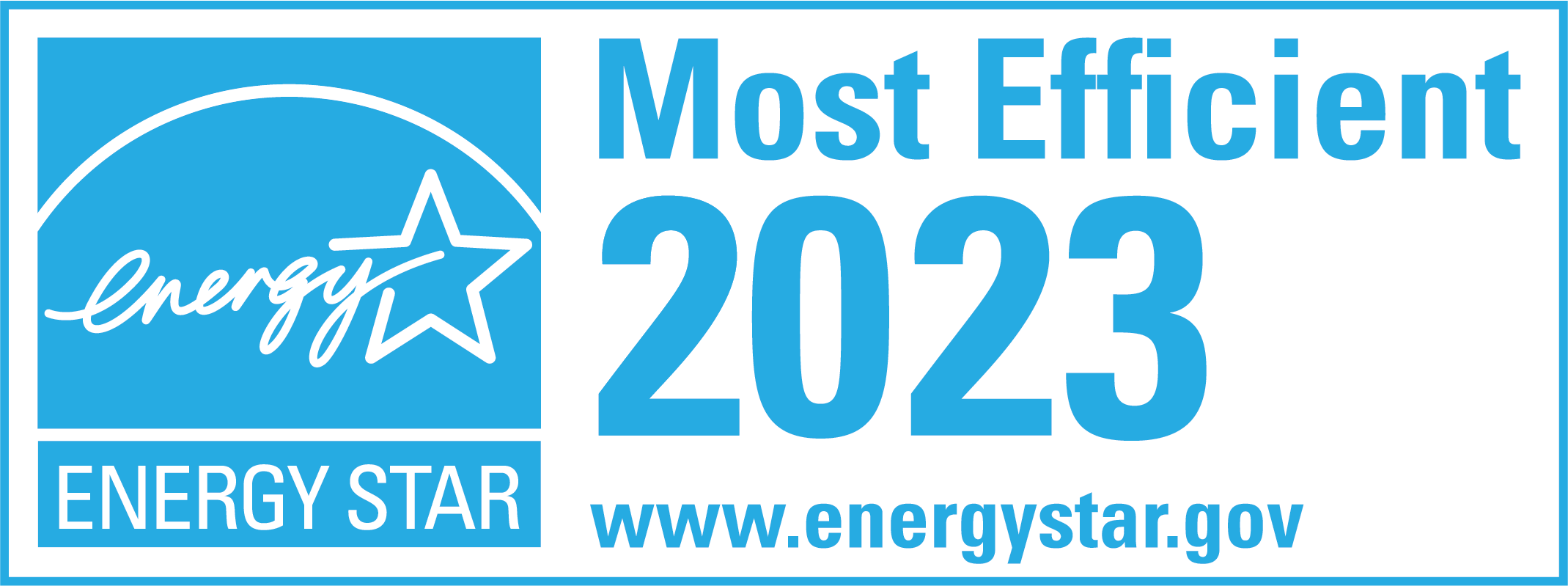How to Replace Window Balances for Improved Efficiency
If you’re looking for a way to improve your home’s energy efficiency, replacing your window balances is a great place to start. Window balances, also known as sash balances, are responsible for counterbalancing the weight of a window so that it can open and close smoothly. However, over time, these components can wear out and lose their effectiveness, leading to drafts and reduced efficiency. In this article, we’ll guide you through the process of replacing your window balances for improved functionality and energy efficiency.
Understanding Window Balances and Their Role in Efficiency
Windows are an essential part of any home, providing natural light, ventilation, and a connection to the outdoors. However, they can also be a significant source of energy loss, especially if they’re old or poorly maintained. That’s where window balances come in.
Before we dive into the specifics of window balance replacement, it’s important to understand exactly what window balances are and why they play such a crucial role in your home’s energy efficiency.
What are Window Balances?
Window balances are mechanical components that assist with the smooth operation of double-hung windows. They work by counterbalancing the weight of the sash, making it easier to open and close. Window balances come in a variety of shapes and sizes, depending on the window size and construction.
Window balances are typically made of metal, although some newer models use high-strength plastic. They’re installed inside the window frame, and they’re connected to the sash by a cord or chain. As you open or close the window, the balance moves up or down, providing the necessary support to keep the window in place.
How Window Balances Affect Energy Efficiency
When window balances start to wear out, they can’t support the weight of the sash as effectively as they should. This can cause gaps to form around the window, leading to drafts and energy loss. In addition, worn-out window balances can make it more difficult to open and close your windows, which can be a frustrating experience for homeowners.
Replacing worn-out window balances can improve your home’s insulation and reduce your energy bills in the long run. By ensuring that your windows are properly balanced, you can prevent air leaks and keep your home comfortable year-round. In fact, according to the U.S. Department of Energy, replacing single-pane windows with energy-efficient models can save homeowners up to $465 per year on their energy bills.
So, if you’re noticing that your windows are becoming harder to open and close, or if you’re experiencing drafts around your windows, it may be time to consider replacing your window balances. A professional window contractor can help you choose the right balance for your windows and ensure that they’re installed correctly for maximum efficiency.
Signs That Your Window Balances Need Replacement
Windows are an important part of any home, providing natural light, ventilation, and a view of the outside world. However, if your windows are not functioning correctly, they can lead to energy waste, discomfort, and even safety hazards. One of the key components that affect the performance of your windows is the window balance.
Window balances are mechanical devices that help to hold your window sashes in place, allowing them to move up and down smoothly. They come in various types, including spiral balances, block and tackle balances, and constant force balances. The type of balance your window uses depends on its design and size.
Now that we understand the role that window balances play in energy efficiency, it’s important to know when they need to be replaced. Here are some common signs that your window balances are due for an update:
Difficulty Opening or Closing Windows
If you’re struggling to open or close your windows, it could be a sign that the window balances are no longer functioning correctly. Worn-out balances can cause your windows to feel heavy and difficult to move. This can be frustrating, especially if you’re trying to let in fresh air or escape from a stuffy room. In addition, if your windows are difficult to close, they may not be providing a tight seal, which can lead to drafts and energy loss.
Noticeable Drafts Around the Window
Gaps around your windows can lead to cold drafts entering your home, making your heating system work harder than it needs to. If you can feel air seeping in around your windows, there’s a good chance that the window balances need to be replaced. This is because worn-out balances can cause your windows to sag or tilt, creating gaps between the sash and the frame. These gaps allow air to flow freely into your home, reducing your comfort and increasing your energy bills.
Visible Damage to the Window Balance Components
If you can see visible wear and tear on the balance components themselves, such as broken cords or rusted springs, it’s time to replace them. These components are critical to the proper function of your window, and broken or damaged parts can cause your window to be stuck in an open or closed position. In addition, damaged balances can put extra stress on other parts of your window, such as the sash or frame, leading to further problems down the line.
In conclusion, window balances are an important part of your windows, and it’s essential to keep them in good condition to ensure optimal performance. If you notice any of the signs mentioned above, it’s time to consider replacing your window balances. Doing so will not only improve your comfort and energy efficiency but also extend the lifespan of your windows.
Choosing the Right Replacement Window Balances
When it comes to choosing replacement window balances, there are a few different factors to consider. Here’s what you need to know:
Types of Window Balances
There are two main types of window balances: spring balances and block and tackle balances. Spring balances use a coiled spring to counterbalance the weight of the window, while block and tackle balances use a series of pulleys and cords to achieve the same effect. Both types of balances come in various lengths and weight capacities, so it’s important to choose the right size and shape for your windows.
Spring balances are typically easier to install and maintain, but they may not be as durable as block and tackle balances. Block and tackle balances, on the other hand, tend to be more expensive and require more maintenance, but they are often more durable and long-lasting.
Matching the Correct Balance to Your Window
To ensure that you choose the right replacement balance, you’ll need to measure your existing balances carefully. Measure the length and width of the old balance, as well as the weight capacity it was designed for. You can then use these measurements to select the correct replacement balance.
It’s important to note that different types of windows may require different types of balances. For example, double-hung windows may require a different type of balance than single-hung windows. Be sure to consult with a professional if you’re not sure which type of balance is best for your windows.
Energy-Efficient Options for Window Balances
If you’re looking to maximize energy efficiency, you may want to consider investing in energy-efficient window balances. These balances are specially designed to provide better insulation and reduce energy loss.
One popular option for energy-efficient window balances is the spiral balance. These balances are made from a coiled metal spring that is encased in a tube. The tube is then filled with a special gas that provides insulation and helps to reduce energy loss.
Another option is the block and tackle balance with a low-friction coating. This type of balance is designed to reduce friction and improve the overall efficiency of the window.
The constant force balance system is the most popular type of window balance and can be found in most energy efficient vinyl windows.
Step-by-Step Guide to Replacing Window Balances
Gathering the Necessary Tools and Materials
Before you begin replacing your window balances, you’ll need to gather a few tools and materials. These include a screwdriver, pliers, replacement balances, and lubricant, if needed. It’s important to have all of these items on hand before you begin so that you can work efficiently and effectively.
When choosing replacement balances, it’s important to select ones that are compatible with your window type and size. You can find this information in your window manufacturer’s instructions or by consulting with a professional.
Removing the Old Window Balances
To remove the old balances, begin by opening the window and propping it open with a stick or dowel. This will prevent the window from accidentally closing on your fingers while you work. Use a screwdriver to remove any screws or nails that are holding the balance in place. You can then pull the balance out of the window sash, being careful not to damage any other window components.
If the old balances are rusty or difficult to remove, you may need to use pliers to help you grip and pull them out. It’s important to take your time and work carefully to avoid causing any damage to the window or surrounding area.
Installing the New Window Balances
Once you have removed the old balances, you can install the new ones. Begin by inserting the new balance into the window sash and attaching it with screws or nails. You may need to adjust the tension on the balance to ensure that the window opens and closes smoothly. This can be done by turning a small adjustment screw on the balance itself.
If your replacement balances come with lubricant, you may want to apply a small amount to the pivot points of the balance. This will help to ensure smooth operation and prevent rust and corrosion over time.
Finally, test the window to make sure it is functioning correctly. Open and close it several times to ensure that it moves smoothly and without resistance. If you notice any problems, you may need to adjust the tension on the balances or check for other issues.
Testing the Window for Proper Function and Efficiency
After you have replaced the window balances, it’s important to test the window for proper function and efficiency. Open and close the window several times to make sure it moves smoothly and without resistance. You should also check for any drafts or gaps around the window to ensure that it is properly sealed.
Properly sealed windows can help to improve your home’s energy efficiency by preventing air leaks and reducing the workload on your heating and cooling systems. This can help to save you money on your energy bills over time.
In closing
By following these steps, you can replace your window balances and improve your home’s energy efficiency. Not only will this save you money on your energy bills, but it will also make your home more comfortable and functional in the long run. So why wait? Start replacing your window balances today!






